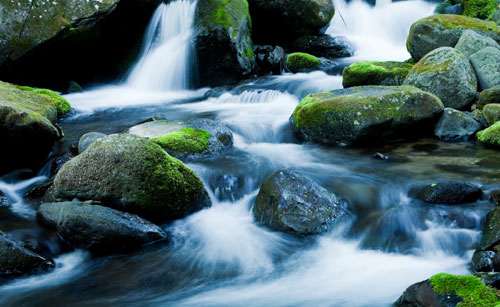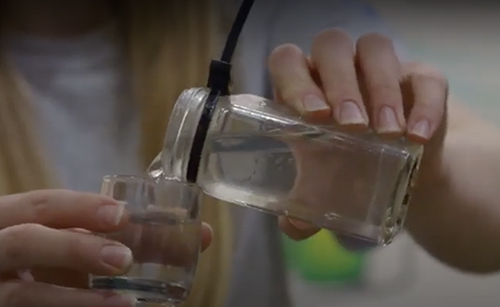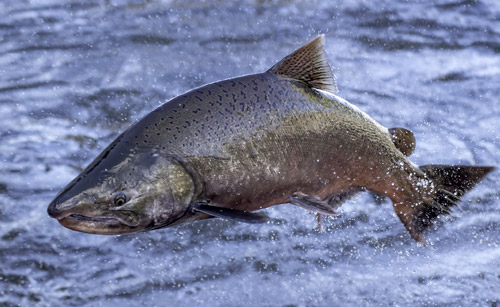Instructions
Ready to get started with this activity? To keep track of your progress, check off the instructions for each step below as they are completed. Make sure to check the box of the last step when you’re done to receive congratulations for your completed activity!
Consider this:
Clark Public Utilities has an Environmental Department that spends time planting trees along streams in Clark County to help restore the environment and improve salmon habitat. Why? Plants and trees help reduce erosion, which is the process of soil and rock getting removed or moved by water, wind, gravity, and other forces. If the plant life is removed, then the roots are not helping to hold the stream’s bank in place. This means dirt and rock will slowly flow into the stream, making the water muddy and murky. This can smother aquatic life, clog fish gills, and block light that underwater plants need to grow. Let’s take a look at erosion and restoration with the project below. This project is pretty involved and may be best as a classroom activity or science fair project.
- (6) plastic bottles with caps on (1 or 2 liter)
- Scissors or box cutter
- Glue
- Hole punch (optional)
- Twine or string
- Cardboard/wood – something strong to adhere three plastic bottles to
- Something to scoop dirt & rock
- Container to hold water
- Soil – enough to fill three plastic bottles
- Rock
- Plants or grass seed
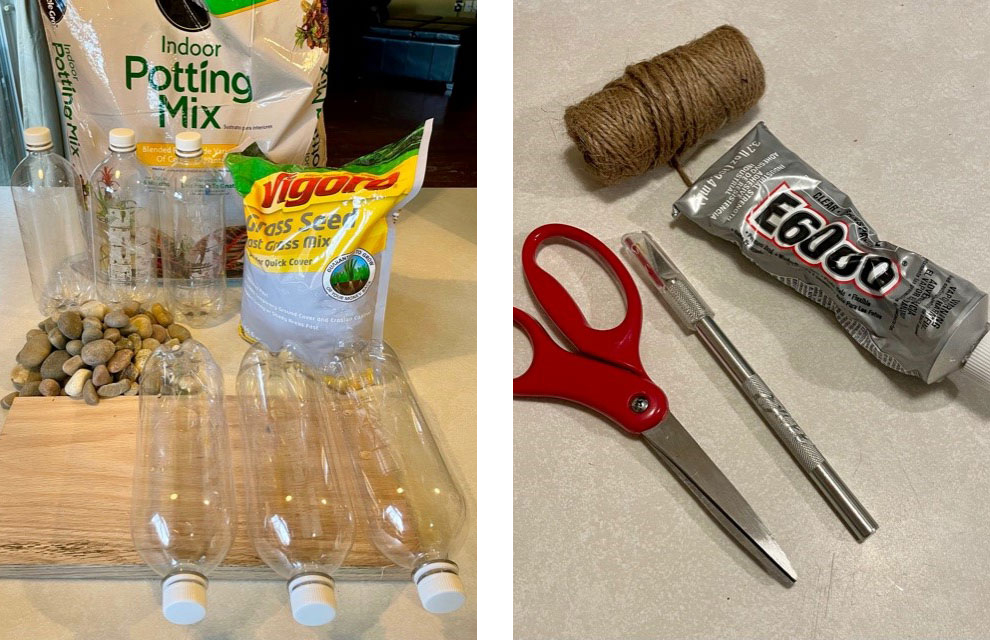
- Select three bottles and lay them on their side.
- Cut the side of the bottles to make a large rectangular opening.

- Glue each bottle to the cardboard or wood.
- The cap/neck of the bottle should extend over the edge of the cardboard/wood.
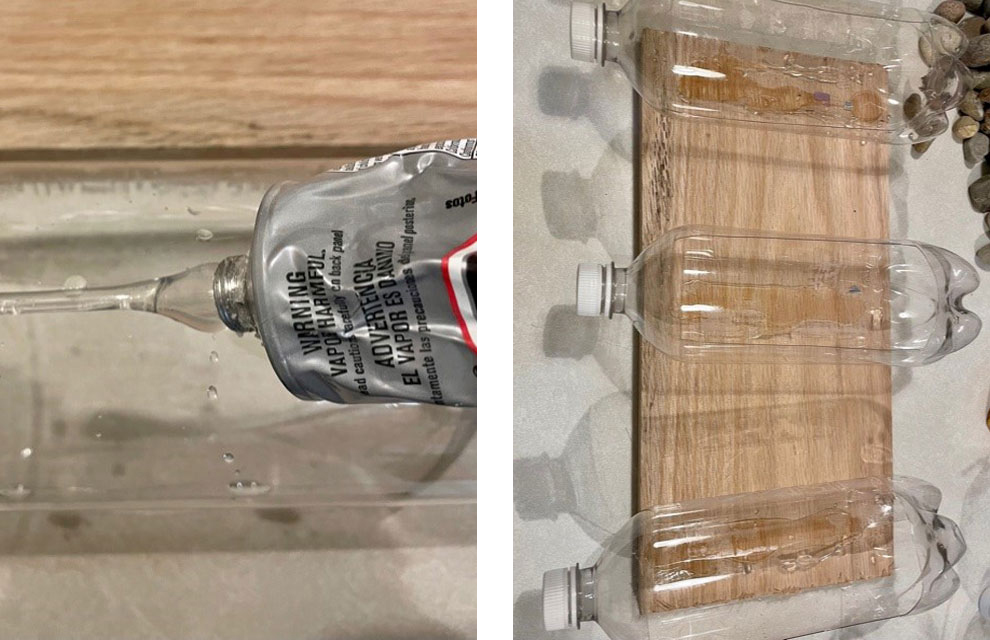
- Fill each bottle ¾ full of soil.
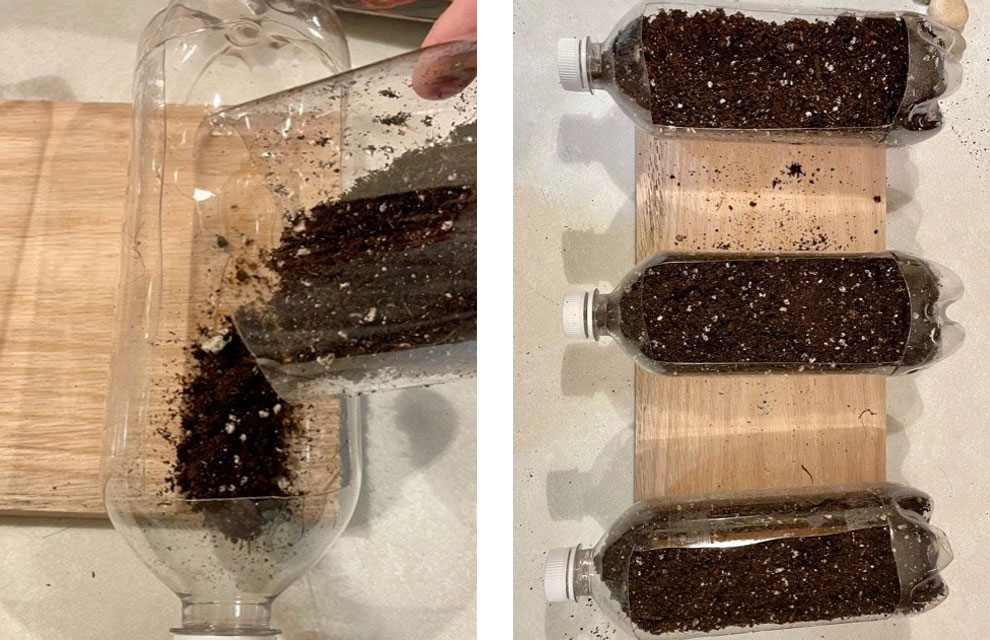
- Fill bottle # 1 the rest of the way with soil only.

- In bottle # 2, cover soil completely with rocks.

- To bottle # 3, add grass seed, sod or plants.
- If using grass seed, this project will be delayed while seed grows.
- Spray seed and soil with water to keep ground moist.
- Cut sod from the yard (get permission first!) or purchase at a nursery.
- If purchasing plants, select items that can be transplanted to pots or a garden area
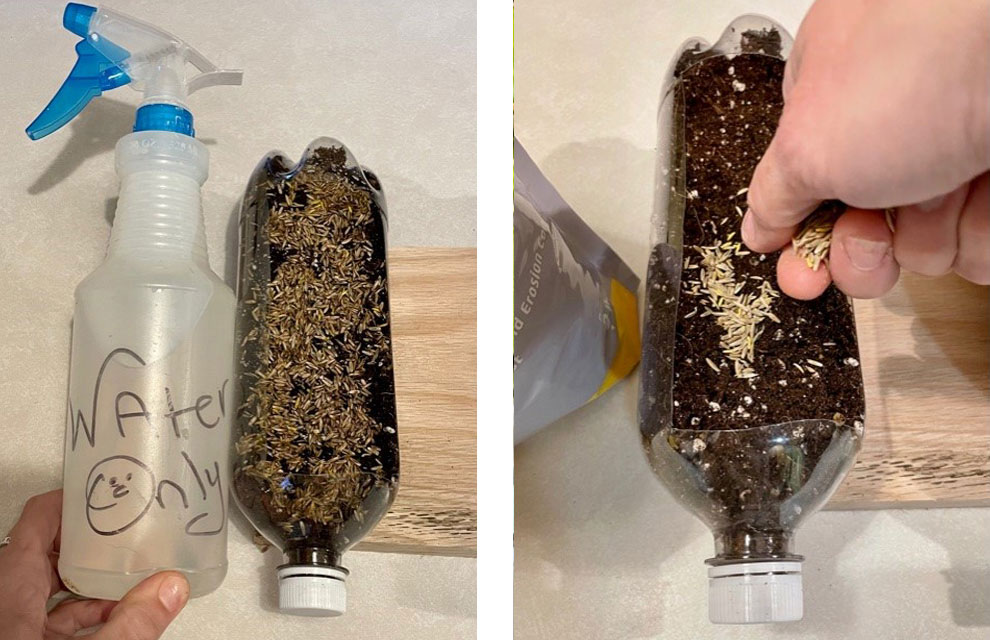
- Cut the neck off the three remaining bottles so they look like funnels – this is our catch for each soil-filled bottle.
- The cap will be the bottom of the funnel/bottle.
- Water will be collected in these bottles.

- Punch a hole on each side of the catch about ¾ of an inch from the wide opening (opposite the cap).
- Add string, tying a knot at each hole in the catch so it looks like a basket handle.
- Hang water catches off the neck of each soil-filled bottle.


- Carefully remove the cap off each soil-filled bottle – it is okay if a little soil falls into the catch, just dump that back into the bottle and reattach the catch to the neck of the bottle.
- Pour water over each of the filled bottles.
- Let water drain into the catch.
- Record what you see in the water.

- Why do you think this happened?
- Based on what you learned, would roots along a stream’s bank help keep soil in place?



